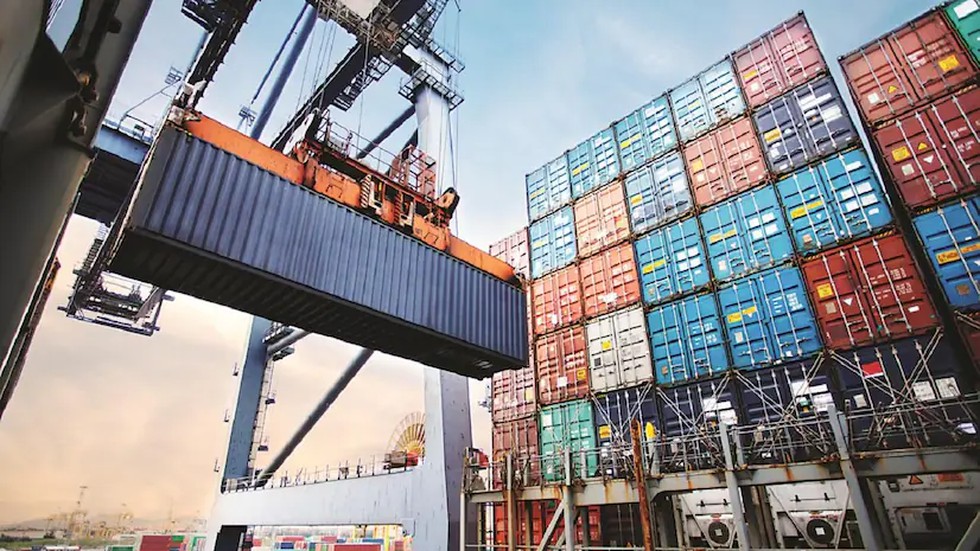About Interest Equalisation Scheme:
- It was first implemented on 1st April 2015, to provide pre- and post-shipment export credit to exporters in rupees.
- It was initially valid for 5 years, up to 31.3.2020. The scheme has been continued thereafter, including a one-year extension during COVID and further extensions and fund allocations.
- Implementing agency: It is being implemented by the RBI through various Public and non-Public Sector banks that provide pre- and post-shipment credit to the exporters.
- The Scheme is jointly monitored by the Directorate General of Foreign Trade (DGFT) and the RBI through a consultative mechanism.
- The scheme helps the identified export sectors to be internationally competitive and to achieve a high level of export performance.
- Features:
- An eligible exporter has to submit a certification from the external auditor to the concerned bank to claim this benefit.
- Banks provide IES benefits to the eligible exporters and claim a reimbursement from the RBI based on the external auditor certification furnished by the exporter.
- Currently, the Scheme provides an interest equalisation benefit at the rate of 2% on pre- and post-shipment rupee export credit to merchant and manufacturer exporters of 410 identified tariff lines at 4-digit level and 3% to all MSME manufacturer exporters.
- The Scheme has now been made fund-limited, and the benefit to individual exporters has been capped at Rs 10 Crore per annum per IEC (Import Export Code).
- In addition, the banks that lend to exporters at an average rate of more than Repo + 4% would be debarred under the Scheme.
